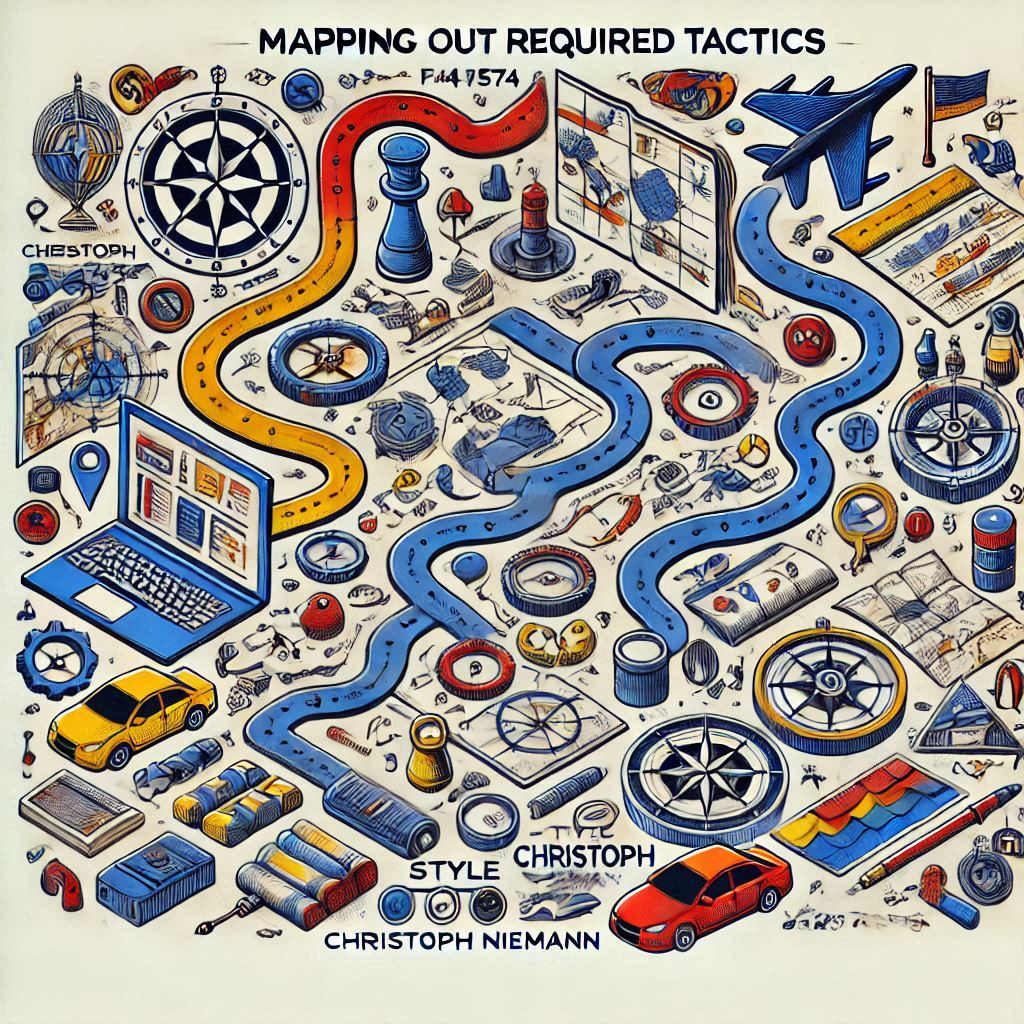The Essential “Tactical Planning Audit”: Ensuring Your Strategy Stays on Track
Understanding Tactical Planning in Business
Tactical Planning Defined
In digital marketing, tactical planning refers to granular activities to meet specific goals. Enhancing meta descriptions, curating a content timetable for various platforms, and selecting target keywords for an SEO campaign exemplify such planning. These measures serve to propel the overarching goals of a marketing strategy. By scrutinizing the strategic and tactical elements, firms can hone their auditing processes and achieve many advantages.
This approach refines audit procedures, emphasizing crucial aspects and eliminating distractions, thus enhancing the efficacy and coherence of the results. Consequently, client satisfaction can improve, laying the groundwork for potential service expansion based on precise tactical guidance.
The Distinction Between Strategy and Tactics
Discerning the differences between strategic and tactical components is essential during an audit. A strategic audit looks at overarching goals and their alignment, while a tactical audit concentrates on the day-to-day activities necessary to fulfill those objectives. For instance, defining the target demographic and positioning falls under strategic consideration, whereas direct activities like meta-tag optimization and link building are tactical.
This separation enables auditors to offer morecoherent recommendations and enhances the scalability of services, adapting them to the varied demands of each client.
Key Components of a Tactical Planning Audit
Defining Clear Goals and Objectives

In contrast to tactical audits, which focus on specifics such as metadata and internal linking, strategic audits tackle broader aspects like site architecture and keyword strategy.
For example, a strategic audit might illuminate keyword opportunities to boost search visibility, whereas a tactical audit could identify ways to refine page titles and descriptions, thus improving click-throughs. Setting definitive audit goals and objectives facilitates a more organized review process, minimizes redundancy, and translates into more digestible, actionable findings for clients.
Mapping Out Required Tactics

The preparation stage of a tactical audit necessitates outlining the vital tasks. Discerning between tactical and strategic aspects allows for a focused effort, isolating the imperative from the superfluous. For instance, while a strategic audit might evaluate the website’s overall structure, a tactical review would concentrate on refining individual page keywords. Such clear-cut tactics can alleviate the review process, preventing unproductive scrutiny of inconsequential elements.
The unequivocal articulation of these tasks augments the audit’s caliber and fosters client comprehension, paving the way for enhanced service offerings.
Action Items for Implementation

Post-audit, it is critical to articulate a comprehensive strategy for enacting recommended changes, segregating overarching from granular recommendations. Strategic initiatives may encompass broad website architecture and content schemes, whereas tactical endeavors often involve precise modifications to augment site functionality and user engagement. This bifurcation fosters effective resource allocation and an organized implementation process.
Concentrating on transformative adjustments can help firms better manage their resources and increase the odds of successful implementation and pronounced improvements.

Vizologi is a revolutionary AI-generated business strategy tool that offers its users access to advanced features to create and refine start-up ideas quickly.
It generates limitless business ideas, gains insights on markets and competitors, and automates business plan creation.


